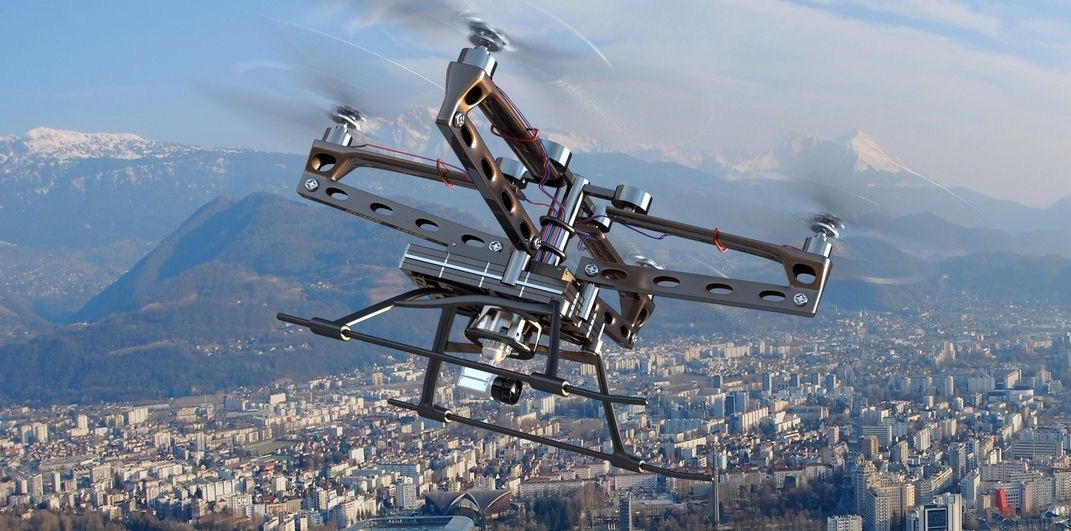UK Police set to be given new powers in Drone Bill
In a shock move, the UK Government is preparing rules to address the rise of drones before they actually hit the mass market.
November 27, 2017

In a shock move, the UK Government is preparing rules to address the rise of drones before they actually hit the mass market.
Under the new rules, police will have the power to ground and seize drone parts to prove it has been used to commit an offence, while there will also be no-fly zones introduced in the areas surrounding airports or above 400 feet. Drone owners will also be forced to register drones weighing over 250 grams, and also sit safety awareness tests, as well as use apps to make sure any planned flight can be made safely and legally. The latter three will be present to improve accountability of owners.
“Drones have great potential and we want to do everything possible to harness the benefits of this technology as it develops,” said Aviation Minister Baroness Liz Sugg.
“But if we are to realise the full potential of this incredibly exciting technology, we have to take steps to stop illegal use of these devices and address safety and privacy concerns. These new laws strike a balance, to allow the vast majority of drone users to continue flying safely and responsibly, while also paving the way for drone technology to revolutionise businesses and public services.”
Could this mean regulation is keeping up with technology!? Just to put things in perspective, artificial intelligence is an area which is still yet to be addressed from a legislation and regulation perspective, even though it is an area which is arguably more advanced than drones. Admittedly, it is an immensely complicated area to regulate, so let’s use another example; social media.
The internet giants are still roaming in a relatively lawless regulatory landscape, even though mass market acceptance has been there for around a decade. The difference in the way social media giants and telcos can manage and utilise customer information (in personalized advertising for instance) is still staggering, though it is addressed slowly. This is the pace of change we are used to when it comes to regulating the TMT space.
Some might argue these rules are already arriving a bit late, considering there have been a number of near misses in recent months. Back in October, a drone passed over an Airbus 319 which was approaching Gatwick Airport to land, with 130 people on board. The captain of the plane said a larger aircraft might not have missed the drone.
While drones did look like being somewhat of a fad in years gone, recent trends and new business ideas have made the technology look more realistic. Huawei showed off a prototype for an autonomous, flying taxi in London recently, Facebook has been championing drones for connectivity in rural areas and Amazon has been playing around with drones as a new delivery option.
To support the new rules, the government is working with manufacturers to use geo-fencing to prevent drones from entering restricted zones, while it has also launched an initiative to invite cities to become test beds to advance the technology. The Flying High Challenge will include five cities in the research and development of drone technology which could transform critical services. Ideas floated so far include emergency health services and organ transport, as well as parcel delivery and logistics.
We are struggling to think of another example where regulation has kept in step with technology. With the Drone Bill set to hit the Houses of Parliament in early 2018, it might not be too long before the new rules are a reality. Perhaps this new type of proactive bureaucrat, who addresses technology breakthroughs before they hit the mass market, is something we can look forward to seeing more of. Or perhaps not.
About the Author
You May Also Like










.png?width=300&auto=webp&quality=80&disable=upscale)


_1.jpg?width=300&auto=webp&quality=80&disable=upscale)